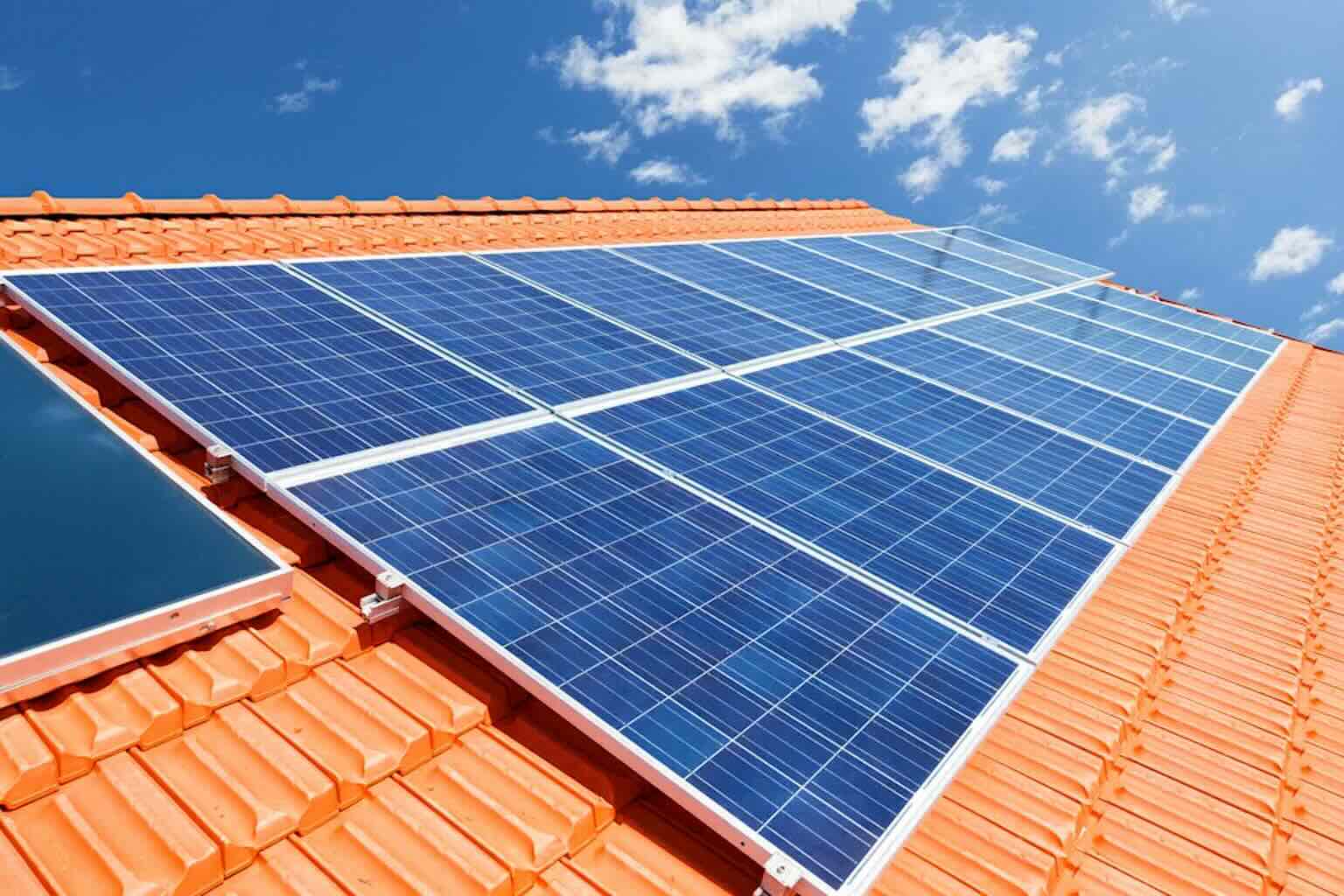California homeowners with rooftop solar panels just scored a big win. The State Supreme Court has ruled that utility companies must increase payments to customers who send excess power back to the grid.
This decision could bring major financial benefits to households across the state while also keeping momentum strong for renewable energy.
What Sparked the Case?
In 2022, state regulators cut payments to solar homeowners by nearly 75%. The move was part of the new “NEM 3.0” program, which pays customers based on the utility’s avoided cost, not the retail rate of electricity.
The idea was to lower bills for everyone, but environmental groups argued the change would hit low-income families hardest, making solar less affordable.
Three organizations — the Center for Biological Diversity, the Protect Our Communities Foundation, and the Environmental Working Group — filed a lawsuit to challenge the decision.
Roger Lin, senior attorney at the Center for Biological Diversity, said: “We don’t need an affordability crisis if we have more local generation.”
What Did the Court Decide?
The Supreme Court did not rule on the legality of the payment cuts themselves. Instead, it sent that part of the case back to lower courts.
But the justices did make one thing clear: utilities must increase compensation for homeowners who generate excess power.
That means more money in the pockets of Californians with solar — and a stronger push for renewable energy statewide.
How Net Energy Metering Works
Under the state’s Net Energy Metering (NEM) program, utilities pay solar owners for the extra power they generate.
-
In older versions of the program, customers received retail rates, the same price utilities charge when selling electricity.
-
With NEM 3.0, payments are much lower, based only on what utilities save by not buying power elsewhere.
-
Homeowners who joined before 2023 can keep the old rates for about 20 years.
The new ruling could reshape how these payments work going forward.
Why This Matters for Homeowners
This decision could have ripple effects across the state. Even if you don’t have solar, increased local energy generation can help stabilize the grid and reduce long-term costs.
For homeowners considering solar, now may be the perfect time. The 30% federal solar tax credit is still available, but it will expire at the end of 2025. That means acting soon could save you thousands of dollars.
Tools to Save on Solar
Platforms like EnergySage can help you compare prices from vetted contractors and save up to $10,000 on installation. Their online tools also show the average cost of solar in your area, along with available incentives.
Beyond solar, homeowners can pair upgrades with a heat pump to cut energy bills even further. EnergySage also connects users with local installers, making it easier to bundle energy-saving projects.
The California Supreme Court’s ruling is a major win for clean energy and homeowners alike. By requiring utilities to boost payments for excess solar power, the court has opened the door to greater affordability and adoption of rooftop solar across the state.
For Californians, the message is clear: investing in solar now not only supports a greener future but also makes financial sense — especially before the federal tax credit expires in 2025.
